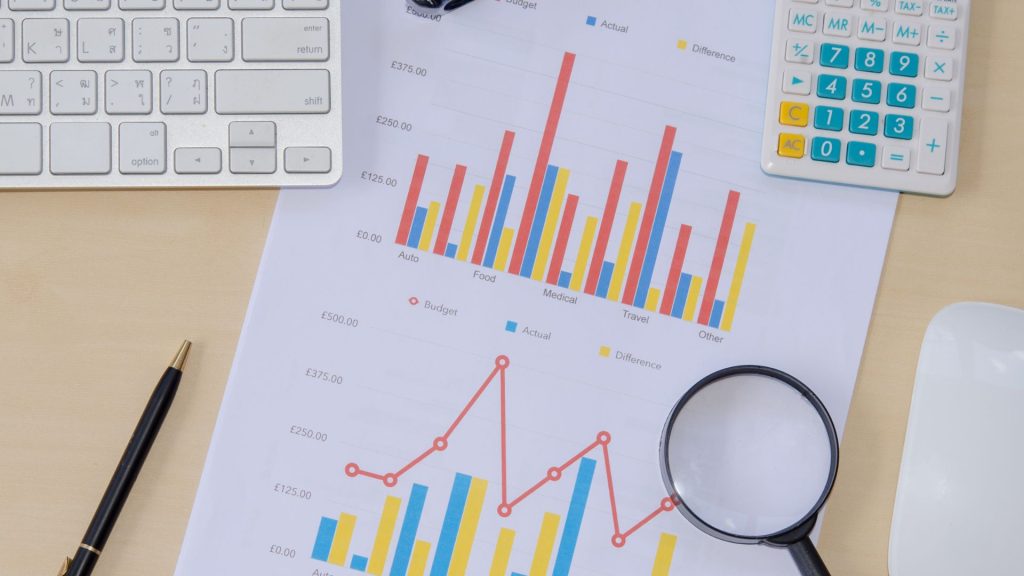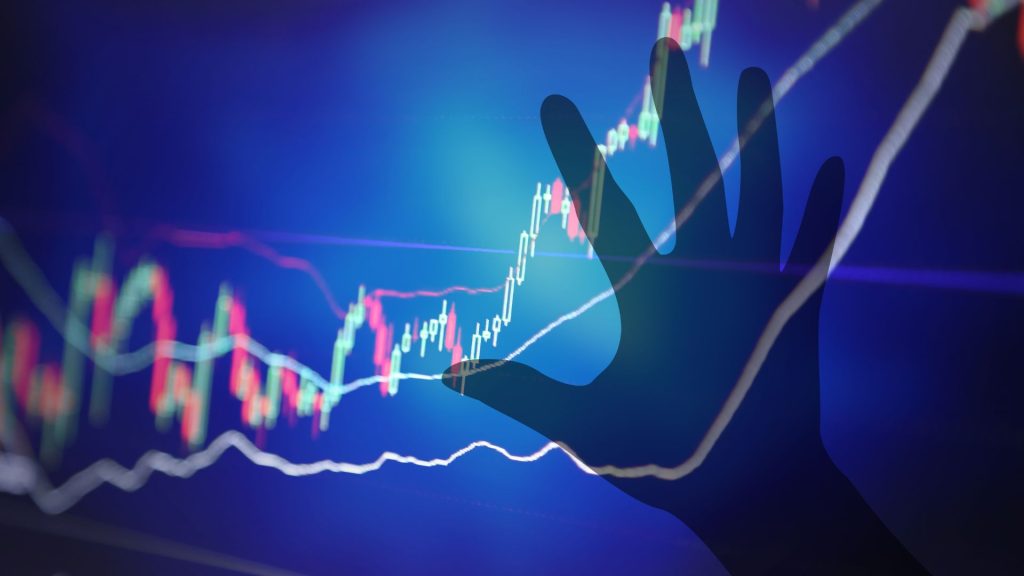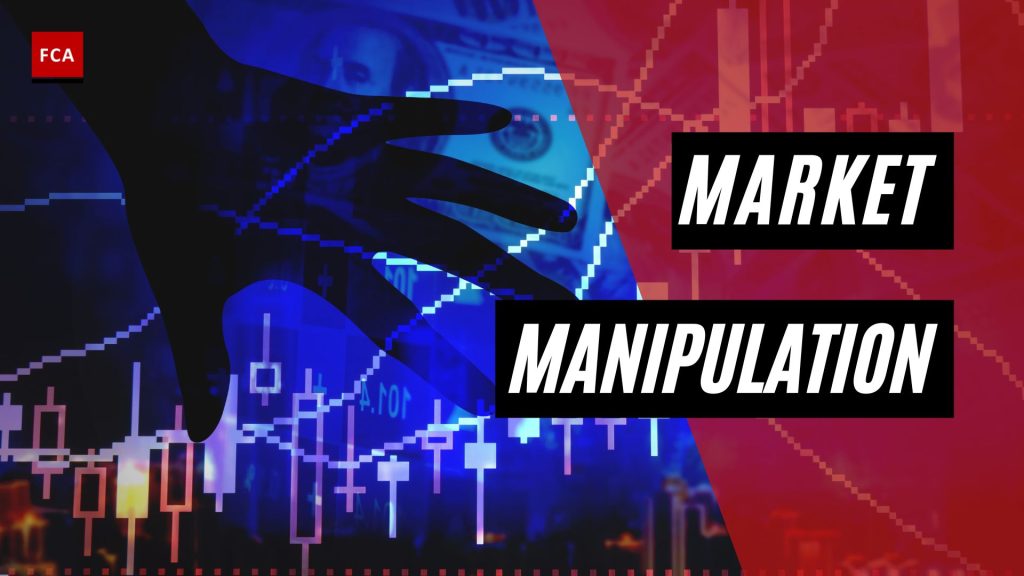It is a good idea to know the rules and regulations about the transactions involving the use of insider information and fines for market manipulation. Still, it is more important to understand the best way to learn them through real-life examples, ensuring that you can protect the organization and increase your level of control.
The stock exchange has always been very appealing to investors worldwide since it is where the wealthy become even wealthier, the lucky get even luckier, and you can lose all your money in a single second. It is the temptation to get rich quickly.
Market manipulation has a long history, dating back to the establishment of the first stock exchanges. Unfortunately, this is something that cannot be avoided. Regulators are attempting to combat illegal trading activities by imposing higher fines and even prison sentences, but someone somewhere will try to cheat the system.

Transactions with the Use of Insider Information and Fines for Market Manipulation
The most significant insider trading and market manipulation cases in history are as follows:
Ivan Boesky – 1987
Global regulators assume that if a market participant has committed a crime at least once, they will commit it again, which is how Ivan was exposed in the 1980s. He was sentenced to three years in prison in 1987. The reason for this was the illegal gain of 50 million US dollars from obtaining confidential information from Denis Levine. Because of his success in stock trading, he was nicknamed “Ivan the Terrible.”
Mr. Boesky was a specialist in risk arbitrage. This term describes when stock traders exploit market inefficiencies, such as when a trader believes one company’s stock has been undervalued. Arbitrage traders frequently buy large blocks of stock in a company in the hope that the price will rise, particularly if the business is about to be acquired.
Risk Arbitrage Key Points
Risk arbitrage is an investment strategy used during takeover deals that enables an investor to profit from the difference in the trading price of the target’s stock and the acquirer’s valuation.
After the acquiring company announces its intention to buy the target company, the acquirer’s stock price typically declines while the target company’s stock price rises.
In an all-stock offer, a risk arbitrage investor would buy shares of the target company and simultaneously short-sell the shares of the acquirer. The risk to the investor in this strategy is that the takeover deal falls through, causing the investor to suffer losses.
Ivan Boesky decided to cooperate with federal authorities. He pleaded guilty to a single charge of making false statements to the government and agreed to pay a then-record 100 million US dollar fine.

Martha Stewart – 2001
In December 2001, media empire owner Martha Stewart sold her shares in pharmaceutical company ImClone Systems the day before its price plunged. She used confidential information which was not public yet, which she received from her broker, Peter Bacanovic. Suspected of insider trading, Martha Stewart was found guilty in March 2003. However, in the absence of clear evidence, the authorities had to drop this allegation and accused her of obstructing the investigation of the transaction.
A New York court sentenced her to five months in prison. In addition, the court sentenced her to five months of house arrest, two years of judicial supervision, and a fine of 30,000 US dollars. In March 2004, Martha Stewart was acquitted of another charge which is securities fraud, for which a 10-year prison sentence punished her.
The broker Peter Bacanovich was found guilty in March 2004 for the same crimes as his client and perjury. The Stewart case was one of the numerous scandals in the US corporate world. Since then, the US government has tightened the penalties for financial crimes. Martha Stewart’s Omnimedia shares rose 11 percent after the court ruling.
Bernard Madoff – 2009
Bernard Madoff, an American financier, and the broker were sentenced to 150 years in prison at 71. Following a famous Ponzi scheme, he made investors lose billions of dollars. He organized the largest financial pyramid scam in history.
Madoff was well-known and well-positioned in the financial market with many years of experience. In 1960, he started his own business and helped launch the Nasdaq stock exchange. He was also a National Association of Securities Dealers member and advised the Securities and Exchange Commission on trading securities. With such a stellar reputation in the market, it’s difficult to believe that someone like Madoff could pull off one of the biggest scams in history.
Madoff devised a strategy to avoid paying too much to his existing investors. He did everything he could to stay under the radar by keeping the scheme low-key. Madoff only targeted a small and exclusive group of investors. He always ensured that his paperwork was up to date and consistent so that the regulator had no concerns.
Madoff also did little to raise the ire of his investors. He convinced them they could withdraw their money almost immediately, so they had no reason to suspect anything was wrong.
Nick Leeson – 1995
One of the most famous rogue traders was Nick Leeson. In 1995, he led to the biggest scandal in world banking history, which caused the collapse of Barings Bank. It all started when Leeson began to speculate on Nikkei 225 contracts in addition to his regular transactions. He transformed his low-risk stock-exchange activities into an aggressive investment portfolio. Unfortunately, Leeson was a poor speculator; he lost money from the start, and the bank covered his losses because his funds were used for trading.
Leeson hid all the transactions in an unused account at Barings Securities, where the losses regularly compounded. He tried to cover it up, but it didn’t go well. The hidden account balance was negative at the end of 1992, totaling 2 million pounds. Barings Bank’s balance was minus 23 million pounds at the end of 1993 and minus 208 million pounds a year later.
The bank lost 827 million pounds in February 1995. Leeson forged bills, accounts, signatures, and correspondence and manipulated accounting entries while securing flows from bank branches and private clients’ accounts. Leeson was detained at Frankfurt airport, deported to Singapore, charged, and sentenced to six and a half years in prison. However, he was released in 1999 after being diagnosed with cancer. Baring Bank filed for bankruptcy and was accepted by ING for a symbolic pound.
Kweku Adoboli – 2011
In 2011 Swiss Bank UBS lost 2 billion US dollars by the fault of only one person – Kweku Adoboli. He started as an intern at UBS in 2006 and was promoted to director in 2010 with 200,000 pounds yearly pay. Adoboli became the greatest rogue trader in the history of Great Britain. He was convicted in 2012 for losing 2.3 billion US dollars of the Swiss bank UBS money.
He worked as a trader in the investment bank’s global synthetic equities division. He was booking fictitious hedging trades to hide the fact that he was exceeding his risk limits. This action exposed the bank to a bigger chance of loss than it could see. Adoboli also created an internal slush fund where he and others could later cover daily losses. He never denied the methods he was using. Adoboli claimed that all his actions were meant to make UBS more money and that the bank turned a blind eye for years as his scheme was helping it make millions in profit.

FX scandal – 2015
Six global banks agreed to pay 5.6 billion UD dollars to settle allegations of rigging foreign exchange markets in 2015.
In addition, four banks agreed to plead guilty to conspiring to fix prices and rig bids in the 5.3 trillion US dollars per day Forex market, one of the most serious cases of banking misconduct since the global financial crisis.
JPMorgan Chase, Citigroup, Barclays, and the Royal Bank of Scotland used an exclusive chatroom and coded language to manipulate benchmark exchange rates between December 2007 and January 2013. They attempted to increase their profits by referring to themselves as “The Cartel.” “If you are not cheating, you are not trying,” one of the traders said in the chat.
Regulators in Switzerland, Asia, the United States, and the United Kingdom began to investigate the Forex market’s 4.7 trillion US dollars per day.
The Forex scandal involved the revelation, and subsequent investigation, that banks had been manipulating FX rates for at least a decade for financial gain.
Bloomberg News reported in June 2013 that “currency dealers said they had been front-running client orders and rigging the foreign exchange benchmark WM and Reuters rates by colluding with counterparts and pushing through trades before and during the 60-second windows when the benchmark rates are set. The behavior occurred daily in the spot market and went on for at least a decade according to the traders.”
J.P. Morgan – 2020
JPMorgan Chase & Co. agreed to pay more than 920 million US dollars in 2020 to settle market manipulation claims involving two of the bank’s trading desks. It was the largest fine ever levied in connection with the illegal practice known as spoofing.
Over eight years, 15 traders at the largest bank caused more than 300 million US dollars in losses to other participants in the precious metals and Treasury markets. For eight years, banks manipulated Treasury contract prices and secondary market trading in notes and bonds. Such resulted in a loss of 106 million US dollars.
This case spans eight years and is related to a practice known as “spoofing,” in which traders place large orders to buy or sell a security with no intention of carrying them out. This creates the appearance of demand or supply for a specific asset and aids in the movement of that asset in the direction desired by the trader.
It is against the rules to submit and cancel orders in an attempt to deceive other traders.
The settlement concluded the bank’s criminal investigation, which resulted in the arrest of a half-dozen employees for allegedly rigging the price of gold and silver futures from 2008 to 2016. According to the settlement deal, ten JPMorgan traders caused losses of 206 million US dollars to other parties in the market.
Final Thoughts
Every year at least one person is fined for market manipulation or insider dealing. Some of those fines are relatively small, some cost billions, and some will put you in prison.
History shows that someone would always try to scam the system. Many people in the financial industry have access to confidential information, which can be a daily temptation to break the rules.
What companies, individuals, and investors should keep in mind when it comes to market wrongdoing:
- The regulator will always require companies to increase their risk controls.
- The companies must implement robust systems and controls to identify any suspicious activities and report them immediately.
- The employees should not ignore any suspicious and report it to the management as soon as any is identified.
- The regulators and companies should not base their assumptions on the people’s reputation in the market and not ignore any complaints from the market participants.
The world faced a global pandemic of Covid-19, which greatly increased the likelihood of new market manipulation and insider dealing methods. People working from home with unsecured networks and access to confidential information necessitate new ways for companies and regulators to protect the market and investors. Furthermore, social media is becoming a new hotspot for criminals looking to quickly manipulate the market and profit. If we want to protect the market and innocent people, regulators should make it easier for businesses to cooperate and report suspicious activity.









